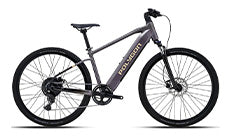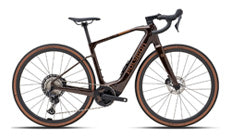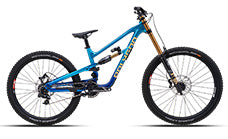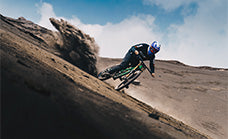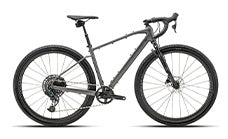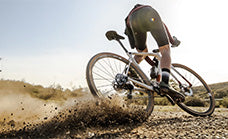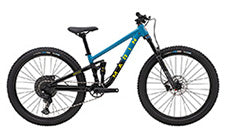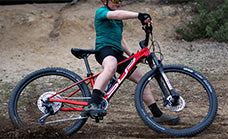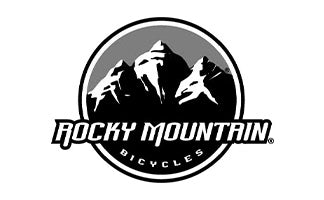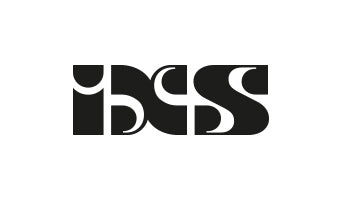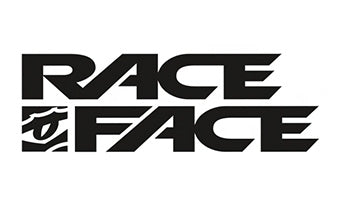Can I Use MTB for Daily Commuting?
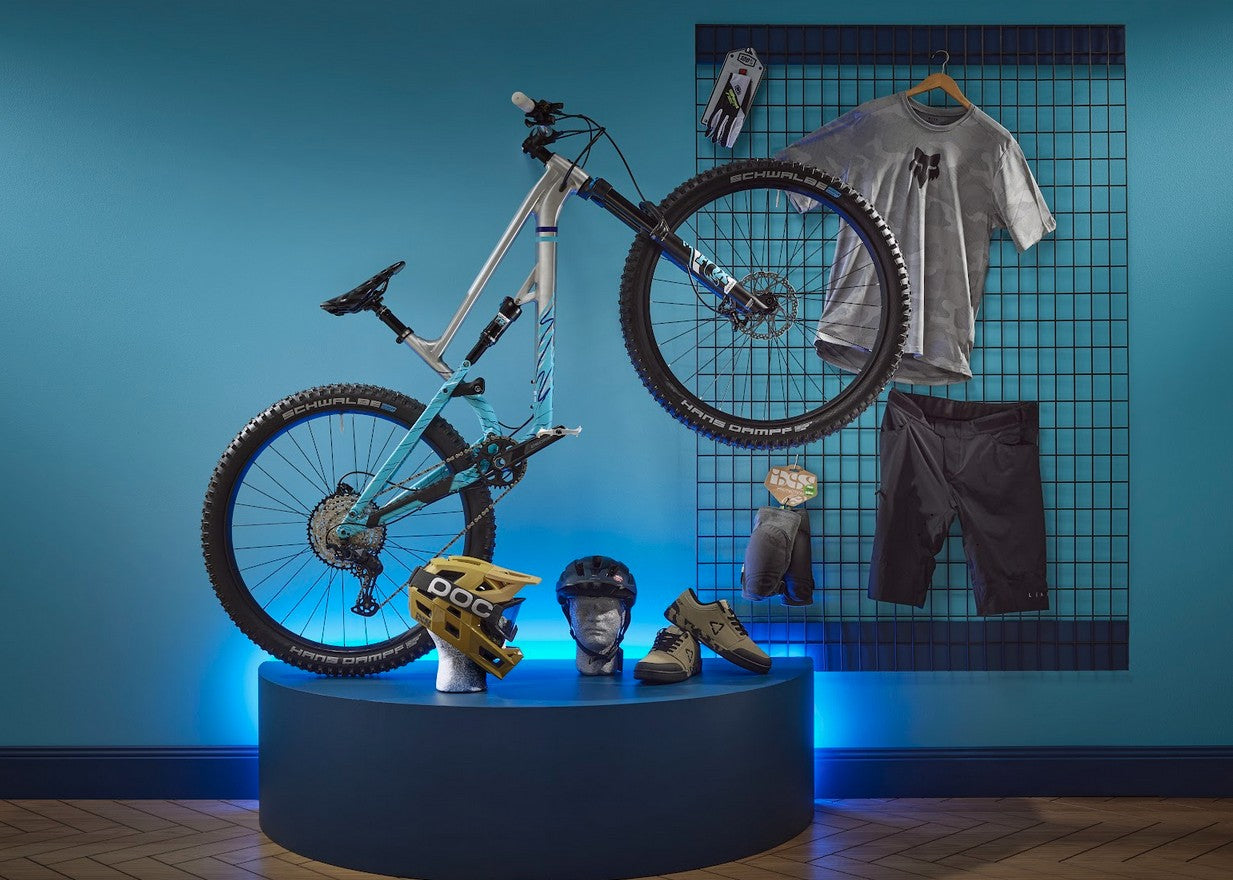
If you're pondering over the idea of using a mountain bike (MTB) for your daily commute, you are not alone. Many individuals are exploring this option due to various advantages such as comfort, efficiency, and versatility. Mountain bikes might not be the traditional choice for commuting, but they certainly have their perks, especially in urban areas.
The Appeal of MTB for Commuting
First off, let's delve into why so many people are considering an MTB for their daily rides to work or school. One primary reason is the sturdy build of these bicycles. Designed to withstand rough terrains, MTBs offer durability that can handle bumpy city roads with ease.
Another compelling factor is the comfort provided by MTBs. With features like suspension forks and wide tyres, you can enjoy a smoother ride even on uneven surfaces. And if you encounter the occasional potholed street, your MTB won't let you down.
The Pros and Cons of MTB for Commuting
Like any form of transportation, using an MTB for your daily commute comes with its set of pros and cons. Here's a quick breakdown:
-
Sturdy build: MTBs are built to endure harsh conditions, making them highly durable.
-
Comfort: The design ensures a comfortable ride thanks to suspension systems and wider tyres.
-
Versatility: Suitable for various terrains including urban riding and off-road paths.
-
Speed: Not as fast as road bikes but decent for short commutes.
-
Maintenance: Requires frequent maintenance due to complex components.
-
Weight: Heavier than road bikes which could be cumbersome for some riders.
Choosing Between Hardtail MTB and Full-Suspension MTB
When selecting an MTB for commuting, the choice often boils down to two types: Hardtail MTBs and Full-Suspension MTBs. Each has its unique advantages tailored to different kinds of rides. Let's explore the specifics.
Hardtail MTB
A hardtail MTB comes equipped with front suspension but lacks rear suspension. This simple design makes it easier to maintain and generally lighter compared to full-suspension models.
For urban riding, a hardtail MTB is practical. It offers enough cushioning for most city streets, yet remains swift and agile. If your route includes paved roads with the occasional bump or curb, a hardtail will serve you well.
Full-Suspension MTB
In contrast, full-suspension MTBs feature both front and rear suspension. These bikes excel in comfort, providing smooth rides over extremely rough terrain. They are perfect if part of your commute involves dirt trails or poorly maintained roads.
However, they come with added weight and complexity, meaning higher maintenance costs. For those focused solely on city commuting, this might be overkill unless your commute involves very rough segments.
Optimizing Your MTB for Commuting
Once you've decided on the right type of MTB for commuting, the next step is customization. Several modifications can make your bike more suitable for the needs of daily travel.
Commuter Tyres
Your regular MTB tyres may offer great traction on dirt trails, but commuter tyres are better suited for asphalt. Swap out the knobbly off-road tyres for slicker, thinner commuter tyres. This change will enhance speed and efficiency on city roads while reducing effort.
Add Essential Accessories
To convert your MTB into the perfect commuting machine, consider adding some key accessories:
-
Front and rear lights: Ensure visibility and safety during low-light conditions.
-
Mudguards: Prevent splashes during rainy days.
-
Panniers or a cargo rack: Make room for carrying bags or groceries comfortably.
-
A bell: Essential for alerting pedestrians and other cyclists.
Maintaining Speed and Efficiency
One common apprehension with choosing an MTB for commuting is the loss of speed when compared to road bikes. Although MTBs aren't race machines, you can optimize them for urban environments to boost their performance.
Adjusting Gear Ratios
MTBs often have lower gear ratios optimized for climbing steep hills and technical trails. However, for commuting, higher gear ratios are preferable. Adjust the gearing system to provide a balance between torque and speed suitable for flat city streets.
Routine Maintenance
Regular upkeep is crucial to maintain optimal performance. Clean and lubricate the chain frequently, check tire pressures, and ensure the brakes function well. Routine inspections will extend the life of your MTB and keep your commutes smooth.
Factors Affecting Comfort on a Long Commute
Comfort can greatly influence whether you stick with a bike commute. Here are factors you should consider to ensure your daily ride is enjoyable.
Proper Fit
An improperly fitted bike can cause discomfort, fatigue, or worse, injuries. Adjust the seat height, handlebars, and pedal positions to suit your body dimensions. You might need a professional bike fit for the best results.
Saddle Choice
Invest in a high-quality, ergonomically designed saddle. Saddles might seem trivial but they have a significant impact on overall comfort. Look for one that provides ample support without causing pressure points.
What About Inclement Weather?
Inclement weather can be a significant hurdle when biking to work. Your MTB's durability gives you an edge here, but you still need additional preparedness.
Wet and Slippery Conditions
Commute tyres offer improved grip on wet surfaces, but technique matters too. Lower your speed slightly and avoid sudden turns or braking to prevent skidding.
Cold Temperatures
Dressing in layers helps regulate body temperature during cold rides. Synthetic fabrics are good wicking options. Also, don't forget gloves and a warm hat under your helmet for extra warmth.
FAQs
Is it worth modifying my MTB for commuting?
Absolutely! Simple changes like switching to commuter tyres, adding mudguards, and installing lights can transform your MTB into a versatile commuting bike that performs efficiently on city streets.
How do I choose between a hardtail and a full-suspension MTB for commuting?
Decide based on your route and personal preference. Hardtails are lighter and simpler, offering enough comfort for city streets. Full-suspension bikes are ideal for mixed terrains but come with added weight and complexity.
What accessories should I add to my MTB for commuting?
Consider essentials like lights, mudguards, panniers or cargo racks, and a bell. These additions will enhance safety, convenience, and functionality, making your daily commute more comfortable.
Can I achieve similar speeds on an MTB as on a road bike?
While MTBs aren’t as fast as road bikes, optimizing features like gear ratios and tyres can significantly improve your speed on urban routes. Regular maintenance also ensures that the bike remains efficient.


